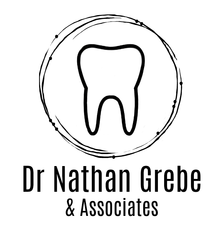More on Extractions
Some common reasons for dental extractions (tooth removal) include removal of wisdom teeth, badly fractured teeth, or to make room for orthodontic treatment.
Extractions are done surgically or non-surgically depending on the condition of the tooth. A surgical extraction is done when a tooth is not easily accessible because it hasn’t fully broken through or it has broken under the gum line. An incision is made to access the tooth, then the tooth may be broken in to pieces for ease of removal.
Non-surgical extraction require dental forceps and an elevator for careful tooth removal. Anesthesia may be given to relieve the pain.
Post-extraction Healing
Following a tooth extraction, bleeding is common during the first hour. It takes roughly this long for a blood clot to form in the socket. The open wound overlying the dental socket will take roughly a week to heal and the socket will fill in with soft gum tissue over the next one to two months. The final socket closure with bony remodeling can take six months or longer.



